Water, water, everywhere, about which we rarely think. For a substance that is integral to life as we know it, most of us don’t spend a lot of time thinking about our water until something happens to it, as was the case in Flint, Michigan, Jackson, Mississippi, Puerto Rico and numerous First Nations reserves in Canada in recent memory. But even when you do know about your water and where it comes from, there are still a lot of surprising water facts you may be missing.
10. NYC Water Has Tiny Crustaceans In It

Over eight million people live in New York City and you have to assume most of them are making use of the city’s water supply each and every day. There’s a good chance that not all of them are aware their water has tiny crustaceans living in it.
The little critters are a kind of shrimp known as copepods and they are microscopic. People have been drinking them for years with no knowledge of that fact. Someone on Reddit posted a photo of one in 2010 and caused a minor uproar, but that wasn’t the first time. In 2004 the same thing happened with people fearful that the little crustaceans would not be kosher for the city’s Orthodox Jewish population. The city was not willing to filter them out because of the benefits of keeping them and recommended those who didn’t want them to filter the water on their own.
The crustaceans aren’t there for no reason though; the city keeps them there on purpose. It’s their job to eat the larvae of mosquitoes.
9. Corn Fields Sweat As Much as 4,000 Gallons a Day
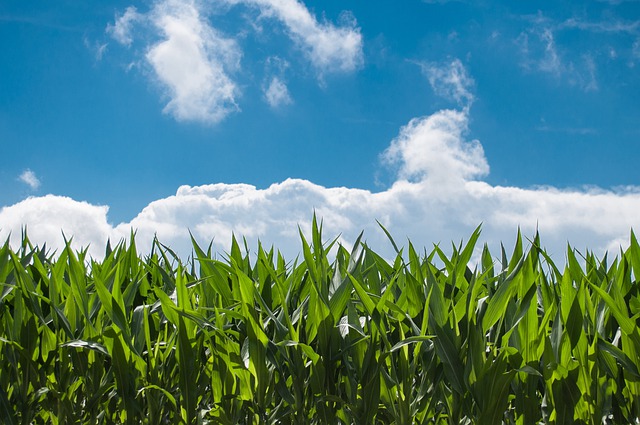
When you’re doing a lot of physical work on a hot day, it can start to feel pretty gross as sweat saturates your clothing. But know, at least, that you are in good company when it comes to sweat as even corn has to succumb to it once in a while. Although, if you hate humid days, then maybe you should blame the corn because their sweat is a major contributor to that.
Corn plants release water through their leaves in the heat which seems entirely normal. However, corn grown in massive crops can lead to stunning amounts of water evaporating into the air. A single acre of corn can lead to 3,000 to 4,000 gallons of water per day entering the atmosphere. For some context, the US grows about 90 million acres of corn. That works out to 360 billion gallons of water per day.
You can see how this corn sweat can be responsible for making the fields of middle American inexplicably more humid than places like Florida at the right time of year. That’s how some heat waves end up feeling even worse as a result.
8. A Drop Of Water May Stay in The Ocean for 3,000 Years
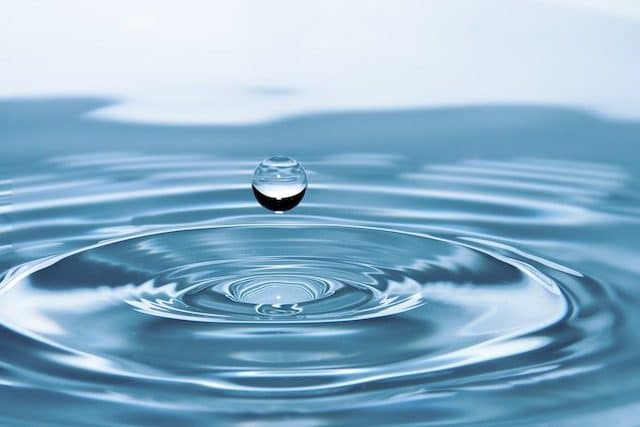
Most of us are aware of the water cycle and the concept of water evaporating, condensing, precipitating and so on. But there are is a heck of a lot of water in the world, so understanding how water in general works is easy, but understanding how water in specific works may not be. And by that we mean, what about the life cycle of one single, specific molecule of water? How does that water’s life play out?
A drop of water can spend about 9 days in the atmosphere before it comes back down to earth again. But on the earth it may not move again for a long time. That one specific drop could end up in the ocean and remain there for another 3,000 years before it evaporates again. And while that seems like a long time, it’s the blink of an eye compared to water that ends up in a place like the Antarctic ice shelf. If water freezes there, it’s going to stay put for about 900,000 years.
7. It Takes 90 Days For a Drop of Water to Travel the Mississippi River
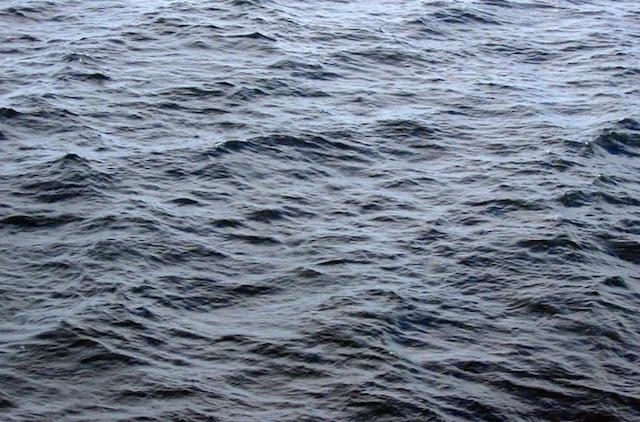
Speaking of water drops, if one is staying in the ocean for 3,000 years, how long do other drops stay in places like rivers, which are fast moving? For a Mississippi River water drop, the pace is fast but maybe not as fast as you think.
For a drop of water that starts at Lake Itasca and travels all the way down the 2,350 mile trek to the Gulf of Mexico, it takes about 90 days.
The river is not exactly a fast moving body of water in most places. At the start the flow is a mere 1.2 miles per hour. It’s up to three miles per hour as it reaches the Gulf. It’s fairly inconsistent down the length though and often depends on factors like river depth and width.
6. Volcanoes Can Dump Millions of Gallons of Water into the Atmosphere
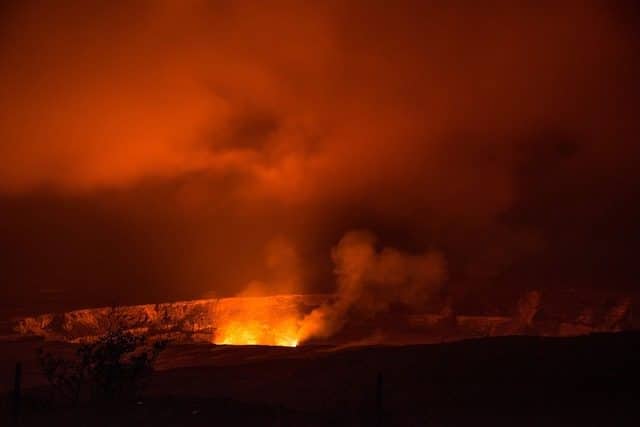
Water is not something we usually associate with volcanoes. When they blow, it’s smoke and ash and dangerously hot lava that spews forth and it seems like water would have no chance in such an environment. But that’s not true at all and, in fact, massive amounts of water vapor are released when a volcano erupts. Those massive clouds you have seen rising from volcanoes in photos are often not smoke at all, or not just smoke.
On January 15, 2022 a volcano in Tonga erupted. The difference between this eruption and many others was that the Tonga volcano was in the ocean, so in addition to sulfur and the other elements spewed forth in a volcanic blast, the water of the surrounding ocean was caught up in it.
So much water vapor was released into the atmosphere as a result of the eruption that scientists believe it will be altering worldwide climate patterns for years. In fact, it released 10% of the volume of water vapor that normally exists in the entire stratosphere, or about 50 million tons. That’s believed to have boosted atmospheric moisture by about 5% globally and, as a result, could warm the planet as opposed to cooling it like volcanoes normally do.
5. Groundwater Far Outstrips Glaciers as Water Reservoirs on Earth
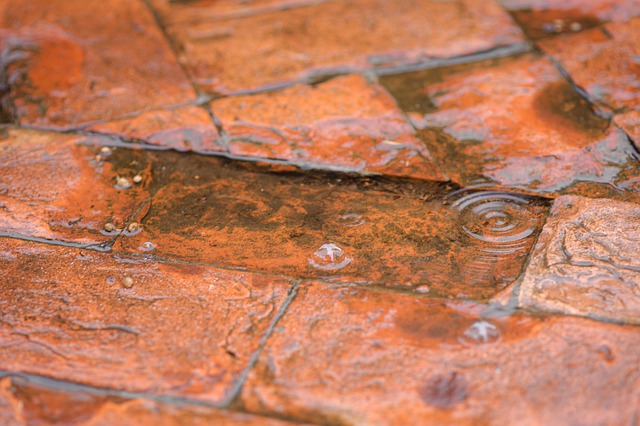
We know there are many places in the world where we can find water if we need it. The oceans obviously hold a lot, but glaciers have long been considered a reserve of freshwater, alongside ground water sources. But it’s only been recently that scientists have learned that groundwater may be a far more abundant source of water than previously thought, vastly outpacing glaciers in terms of volume.
The current estimates of groundwater account for depths down to 10 kilometers. Previously, groundwater reserves had only been measured down to about two kilometers. Anything deeper was not well studied and hard to determine but technological improvements have allowed for better estimates of what may be further below the surface. The current estimates are that we have about 43.9 million cubic kilometers (km3) of groundwater reserves.
This new data makes groundwater the second largest source of water in the world surpassing the Antarctic ice sheets at 27 million km3, Greenland at three million km3 and glaciers which only account for a relatively miniscule 158,000 km3.
4. Atmospheric Rivers Move as Much as 7-15 Times as Much Water as the Mississippi River
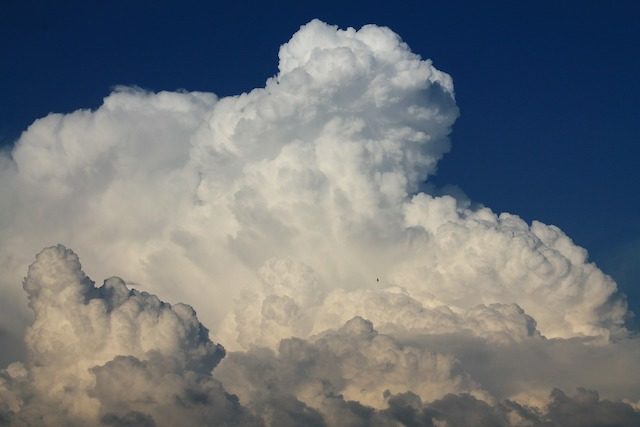
Any time you look up and see a cloud you’re seeing water in the sky. But how much is up there? We saw that a volcano can add a lot, and so can cornfields for that matter, but that’s just the start of it. There are actual atmospheric rivers that move almost unbelievable quantities of water across the planet, all in the skies above.
The name atmospheric river refers to the paths of moisture that can take water from tropical regions towards either of the poles and greatly affect weather patterns along the way. The water evaporates at the equator and then it circulates away in the atmosphere, almost dragging more water behind it in a narrow but high-volume band.
While we can look at rivers like the Amazon and the Mississippi and think they are high volume, they have nothing on atmospheric rivers which can carry seven to 15 times as much water as the average daily discharge of the Mississippi. Some have been shown to move up to 26 km3 per day. That’s about 6,870,000,000,000 gallons. And once it gets pushed up over mountains and into cooler climates, it will condense and rain down once more.
3. The Atmosphere Contains More Freshwater than All The Rivers on Earth Combined
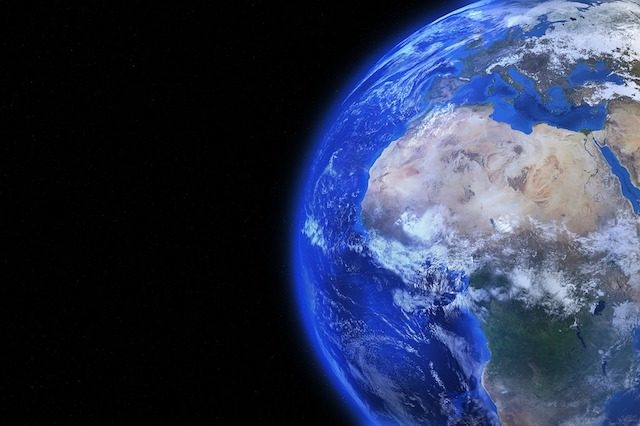
Knowing how much water an atmospheric river can move, you have to wonder how much water is in the atmosphere in general. The answer may not be surprising at this point, but it’s a lot. In fact, there is more fresh water above us than there is in all of the rivers on the planet.
Rivers lay claim to 0.0001% of all the world’s water. But the atmosphere actually holds 0.001%. That works out to 12,900 km3 of water in the air. That’s around 3.4 quadrillion gallons. Compare that to the relatively small 2,120 km3 you’ll find in the world’s rivers.
2. Superionic Ice is a 4th Phase of Water
Most of us know the three phases of water which consist of vapor, liquid and solid. In 2021, scientists discovered a 4th phase and it may actually be more common than the other three. It’s also far more extreme than the kinds we’re used to.
Known as superionic ice, this substance is like ice but it’s hot, it’s black, and it exists inside planets. Researchers even created some in a lab by using lasers to raise water temperature by thousands of degrees while simultaneously subjecting it to millions of atmospheres of pressure like water in the center of a massive, icy planet might endure. It froze solid into hot, crystalline ice.
If you were to burrow to the center of Neptune, you might find a superionic ice core. The stuff made in the lab only lasted a moment, but under constant temperature and pressure it could be the center of one of those distant worlds. But it’s also believed to exist in the Earth where it plays a part in how our magnetic field works.
1. There are 326 Million Trillion Gallons of Water on Earth

All of this talk about water and, in particular, large volumes of it may make you start wondering just how much of the stuff we have lying around. Well, it’s a lot. In fact, it’s one of those numbers that’s so big that some people won’t even write it out properly.
Many sources will say we have about 326 million trillion gallons of water in the world. Technically speaking a million trillion isn’t a real number though, and that vernacular seems to be done in an effort to try to make it a little easier to comprehend than simply saying we have 326 quintillion gallons because what the heck is a quintillion and how could any average person even hope to picture such a thing?
Despite the massive volume, only the smallest amount of it is drinkable. Less than 3% of all of that water is freshwater. About 68% of that is frozen in glaciers and 30% is underground. Most of our freshwater comes from rivers, which account for 1/10,000 of one percent of all the water in the world.